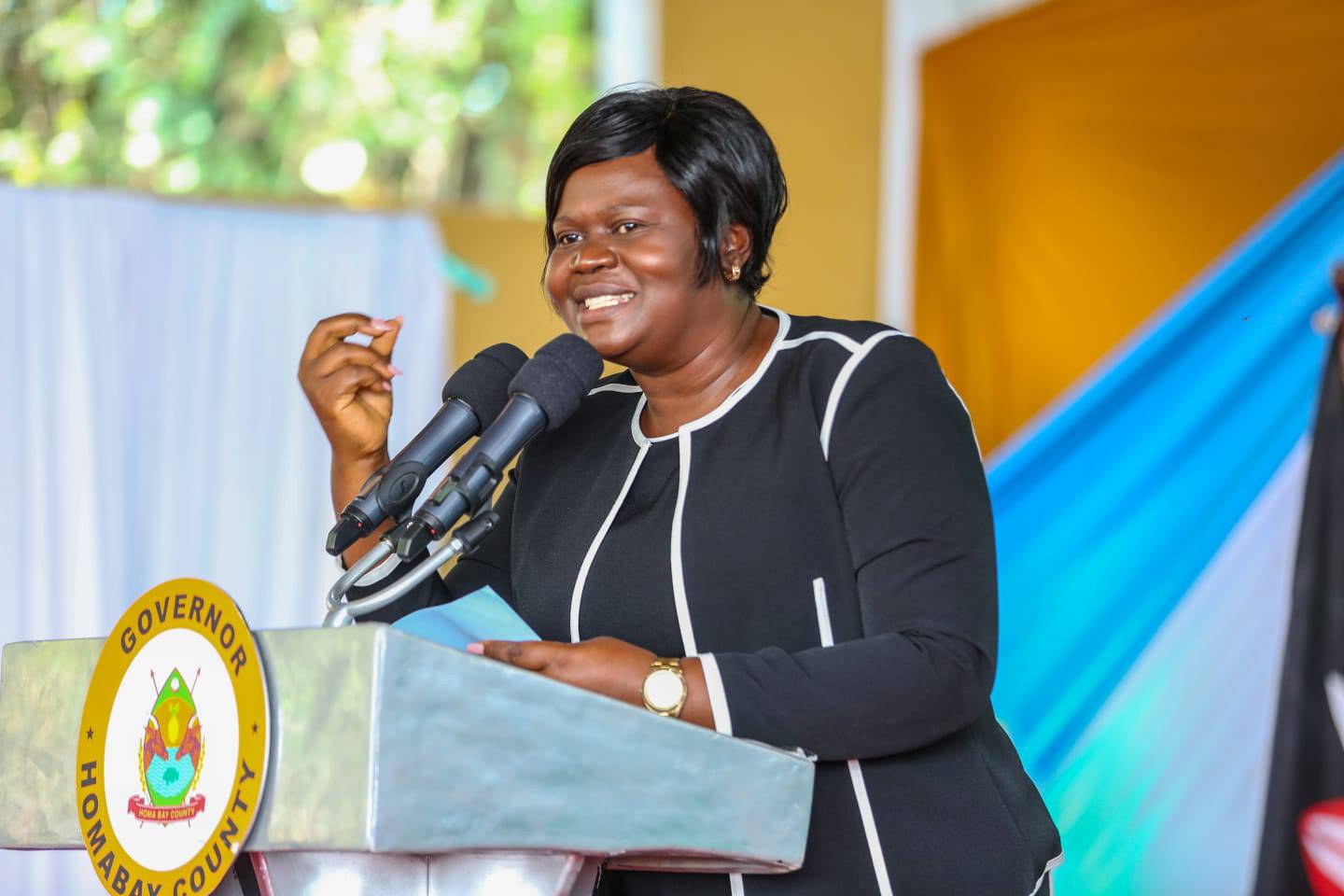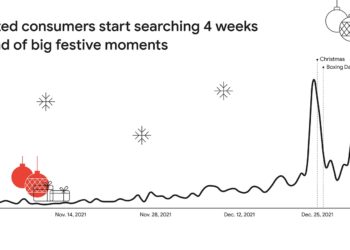The 2022-2023 national budget review and revenue report urged Kenya’s 47 counties to improve own-source revenue collection, adhere to fiscal responsibility principles and clear pending bills. While fiscal discipline requires strong policies and accountability, revenue collection presents a more straightforward starting point for improvement.
Homabay County in western Kenya offers an impressive model, increasing own-source revenue a staggering 235 percent last fiscal year under newly elected Governor Gladys Wanga.
Read more: Kenya sees all-time high in cash outside banks
Shortly after taking office in September 2022, Wanga made revenue collection a top priority. She engaged residents through radio interviews, public forums and community meetings to stress the importance of paying taxes and build support for boosting revenue. While critics argued her outreach was excessive, experts say it laid a vital foundation for the program’s success by fostering public buy-in.
Other counties looking to improve revenue collection should follow Homabay’s lead and launch public awareness campaigns explaining the need for taxes and how the funds will benefit local communities. This outreach can gain citizen cooperation essential for revenue gains.
Homabay also invested heavily in digitizing revenue collection. An integrated digital system streamlined payment, reporting and tracking, reducing leakage while improving efficiency. Counties should emulate Homabay and shift tax filing, payment and tracking online to ease compliance for citizens and businesses.
Raising tax rates offers a simplistic solution but risks overburdening residents already suffering economic hardship. Homabay managed to more than triple revenue without hiking taxes. Counties should avoid reflexively raising taxes and instead employ more progressive tax policies that increase contributions from those most able to pay.
Read more: OPINION: Kenya’s Plug Mtaani competition empowers entrepreneurs and economic growth
Monitoring progress and benchmarking other high-performing counties also played a key role. Wanga actively consulted experts and shared ideas with other governors like Nderitu Muriithi who achieved major revenue gains in neighboring Laikipia County. Regular progress reviews and collaboration between counties can accelerate success.
While digitization, public awareness and progressive tax policies all helped, Homabay’s surge depended first and foremost on Wanga’s transparent and accountable leadership. Improving revenue collection will require governors to actively push for change within their administrations.
With ballooning public debt and pressure to maintain services with limited national transfers, county own-source revenue plays an increasingly vital role. Homabay demonstrates that partnerships with the public, digitization, enlightened tax policies and accountability can drive major increases without overburdening taxpayers.


















